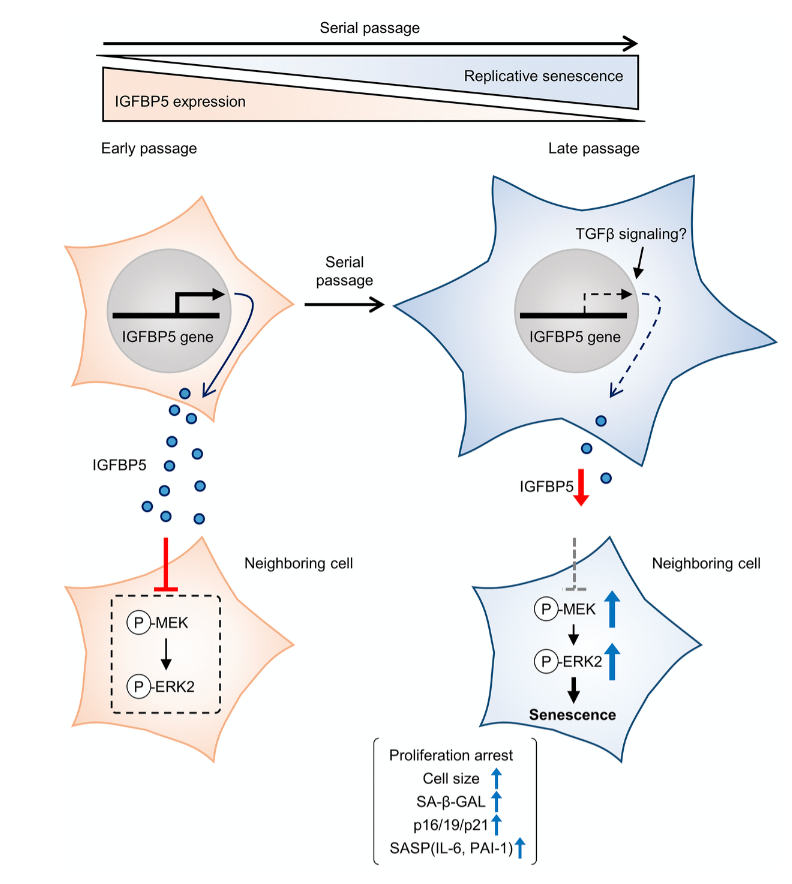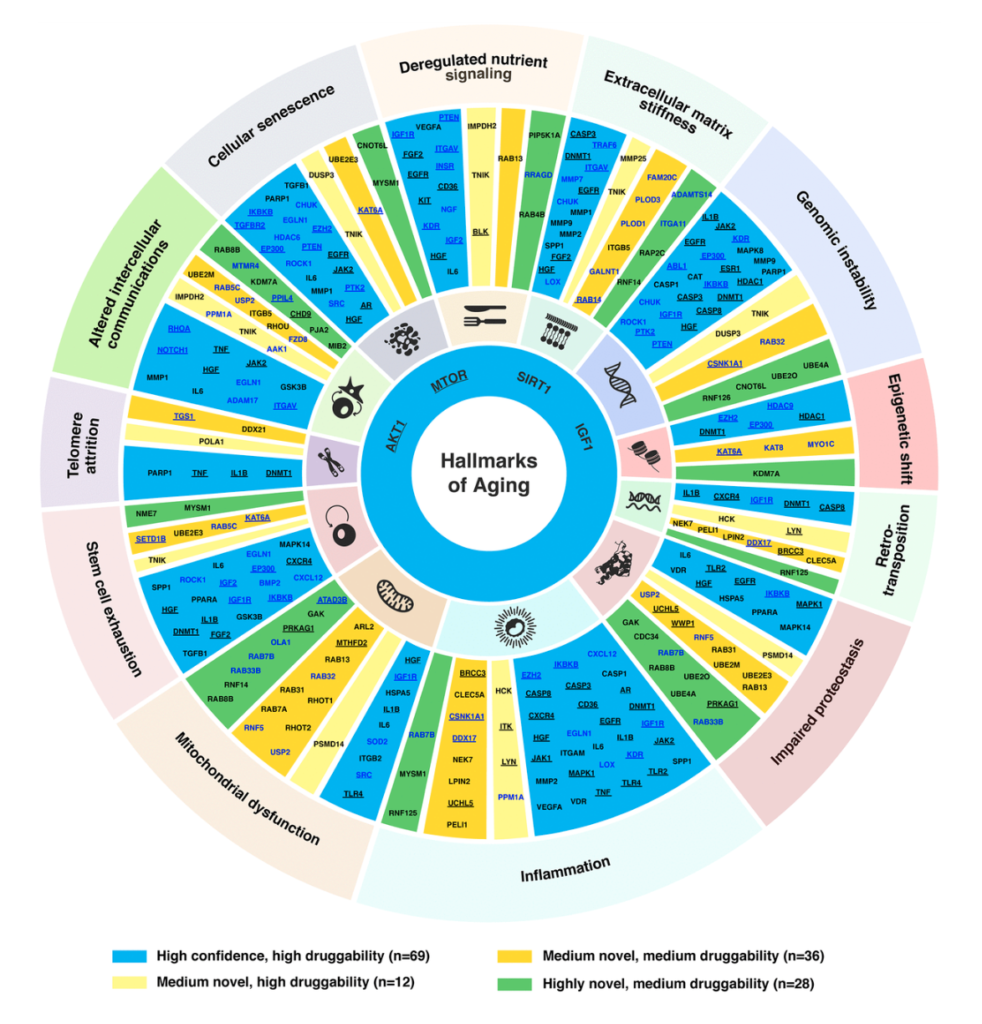Researchers published a new editorial paper on restoring the circadian rhythm to minimize the risk of aging-related osteoporotic fractures.

The Trending With Impact series highlights Aging publications (listed as “Aging (Albany NY)” by Medline/PubMed and “Aging-US” by Web of Science) that attract higher visibility among readers around the world online, in the news, and on social media—beyond normal readership levels. Look for future science news about the latest trending publications here, and at Aging-US.com.
—
The circadian rhythm is a daily cycle (24 hours) of biological activity that is driven by an internal biological clock. A regular circadian rhythm is important for maintaining numerous facets of human life. Aging-related changes to this delicate rhythm have demonstrated negative consequences in many aspects of health, including bone health.
“Among the many risk factors for osteoporosis, a new kid on the block is disruption of the biological clock.”
On July 19, 2022, an editorial paper was published in Aging‘s Volume 14, Issue 14, entitled, “Restoring rhythm to prevent age-related fractures.” In this editorial, Annelies E. Smit, Maaike Schilperoort and Elizabeth M. Winter from Leiden University Medical Center discuss the treatment of osteoporosis by way of restoring circadian rhythm. The researchers review the use of both medical and lifestyle interventions that aim to restore circadian rhythm to minimize the risk of aging-related osteoporotic fractures.
Osteoporosis & Cortisol
Osteoporosis is a condition characterized by decreased bone mass and an increased risk of bone fracture. Age-related osteoporosis is a major public health concern, particularly in postmenopausal women. Cortisol, a stress hormone and the most important endogenous glucocorticoid (GC), plays a key role in the regulation of circadian rhythm. Circulating cortisol levels are naturally highest in the morning and gradually decline throughout the day. (This high peak in cortisol is responsible for initiating the waking cycle each morning.)
“Rhythm in circulating cortisol levels is regulated by the ‘master clock’, the suprachiasmatic nucleus (SCN) in the hypothalamus.”
Unfortunately, as humans age, SCN rhythmicity frequently becomes decoupled from environmental rhythms. Changes in circadian rhythm can result from aging-related lifestyle changes, such as changes in light exposure (which can occur from decreasing visual capabilities), the sleep-wake cycle, eating habits, and exercise patterns. Over time, cortisol begins to peak earlier in the morning, and average circulating cortisol levels increase. The researchers argue that circadian rhythm-related changes in cortisol secretion result in a loss of bone mass and age-related osteoporosis.
“Since both SCN [5] and cortisol [6] rhythm amplitude decline with age, and because we demonstrated in a preclinical model that flat endogenous GC levels result in osteoporosis, we argue that flattened circadian rhythmicity in the elderly population is causally related to the high incidence of osteoporosis at older age [4].”
Restoring Circadian Rhythm
Glucocorticoid (GC) therapy is a common treatment for osteoporosis. Unfortunately, administering glucocorticoids at an improper time can disrupt the natural circadian rhythm of cortisol secretion, leading to an increased risk of osteoporotic fractures. The researchers suggest that restoring the circadian rhythm is critical for restoring healthy patterns of cortisol secretion, especially in patients receiving glucocorticoid therapy.
“In elderly, physical inactivity and irregular eating patterns are common, and both have been demonstrated to dysregulate bone rhythm [8].”
In addition to lifestyle changes, such as timed exercise and timed feeding, the researchers note that chronotherapy may contribute to reinforcing circadian rhythmicity. Chronotherapy is a promising new field of circadian medicine that aims to optimize the timing of drug administration to match the natural circadian rhythm. The researchers suggest glucocorticoids, and any other bone formation-promoting therapeutic, should be administered in the morning (to mimic the behavior of a healthy circadian rhythm). Chronotherapy can also incorporate lifestyle interventions, such as changes in sleeping patterns, sleep hygiene and light exposure therapy.
“Thus, restoring normal sleep/wake cycles by psychological and behavioural measures, such as strict bedtime routines, may strengthen SCN rhythm.”
Conclusion
Circadian rhythms are important for bone health and preventing age-related osteoporosis. Glucocorticoid therapy can disrupt circadian rhythms, but this disruption can be minimized by administering glucocorticoids in the morning. In addition, lifestyle changes and chronotherapy can help reinforce circadian rhythms.
“In conclusion, the multifaceted origin of age-related fractures asks for a full toolbox of intervention strategies, to which restoring circadian rhythm may provide a valuable addition. Lifestyle and medical interventions may improve sleep quality and decrease risk for osteoporotic fractures (Figure 1). Furthermore, respecting circadian timing through chronotherapy could optimize current and new therapeutic outcomes.”
Click here to read the full editorial paper published by Aging.
AGING (AGING-US) VIDEOS: YouTube | LabTube | Aging-US.com
—
Aging is an open-access journal that publishes research papers bi-monthly in all fields of aging research. These papers are available at no cost to readers on Aging-us.com. Open-access journals have the power to benefit humanity from the inside out by rapidly disseminating information that may be freely shared with researchers, colleagues, family, and friends around the world.
For media inquiries, please contact [email protected].










